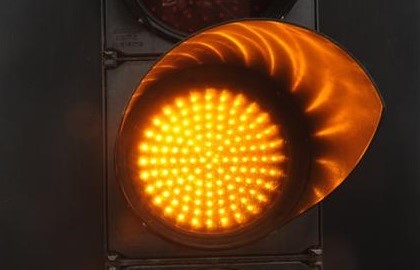
Where you must wear a face mask at the Orange setting:
• On domestic flights.
• On public transport; includes Cook Strait Ferries but does not include passengers within their allocated carriage on specified KiwiRail services or when on a ship that does not have an enclosed space for passengers.
• At indoor arrival and departure points for domestic flights and public transport.
• If 12 years or over on Ministry of Education-funded school transport and public transport.
• In taxis or rideshare vehicles.
• Inside a retail business, for example supermarkets, shopping malls, pharmacies, petrol stations, and takeaway food stores.
• Inside public facilities, such as museums and libraries, but not at swimming pools.
• At a vet clinic.
• Visiting indoor area of a court or tribunal, unless the judicial officer does not require them.
• At premises operated by local and central government agencies, social service providers, and police.
• In the public area of premises operated by NZ Post Ltd.
• When visiting a healthcare service, for example a healthcare or aged-care facility.
Limits for indoor gatherings will be no more under the Covid-19 Orange traffic light setting, and face masks will not be required at as many places - including at schools.
- Full details on Orange settings
- Delays affect Cook Strait ferry services
- 1670 new cases, two deaths in Canterbury
New Zealand moved to Orange at 11.59pm last night, following a Government announcement at 1pm on Wednesday.
At the beginning of April the Government chose to keep the country at the Red setting due to significant pressure on the health system and cases rising in parts of the country other than Auckland.
Since then the rate of those in hospital and of community cases has dropped.

Under Red, people visiting indoor hospitality venues, events and gatherings were limited to 200 people at a time.
In Orange there are no caps.
When visiting a cafe, bar or any other hospitality venue, patrons will no longer have to wear a mask when going to and leaving the premises, when using the bathroom or when paying.
People would also no longer be required to be seated to be served - a rule that meant nightclubs could not open for dancing.
Workers at public-facing indoor hospitality venues still need to wear masks.
Guests of both indoor and outdoor gatherings won't be required to wear masks while the mask rules continue to apply for workers and volunteers. Performers and speakers are encouraged to wear a mask when they aren't performing or speaking.
There are places where people must continue to wear face masks though including retail stores; public facilities - bar swimming complexes; public transport - including at indoor and arrival departure points; taxis and rideshares like Uber; vet clinics; indoor areas of courts and tribunals; local and central Government agencies; social services providers and police stations; premises operated by NZ Post; and healthcare facilities.

In schools, students and teachers will no longer have to wear masks.
In the Red setting, students in Year 4 or above were required to wear masks when indoors, on public transport and on school transport. Staff and teachers had to wear medical grade face masks when working with students in Year 4 or above.
In Orange students aged 12 or older must still wear a face mask on school transport.
Medical experts have called for mask rules to remain in place for schools.
Epidemiologist Michael Baker told RNZ that until ventilation in schools was sorted, masks should remain mandatory in the classroom.
New Zealand Principals' Federation president Cherie Taylor-Patel told RNZ she believed there would be a mixed reaction over the Orange move as some parts of the country were still in the middle of the pandemic and had lots of students away.
She thought the best solution would be for principals and teachers to make their own decisions around mask-wearing and look at what was happening in their community, what the situation was with ventilation and how the community had reacted throughout the outbreak.
"I think that in many instances schools will want to err on the side of caution and will want to keep all the mitigating factors in place as long as they can," she said.
The country had been in the Red traffic light setting since January 23 when nine cases in the Nelson/Marlborough region were confirmed as the Omicron variant.













